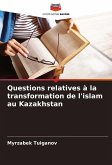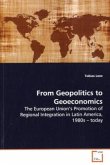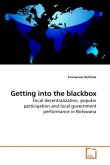The book deals with the study of populist radical
right parties in Europe. Up until recent it has been
common to study Western- and Central and Eastern
Europe as two different political regions. However,
recent theoretical development argues that a
pan-European approach is more suitable for future
studies.
By drawing on previous literature on which political
issues that mobilize the populist radical right, the
book searches to identify whether these parties
mobilize on the same issues across Europe.
The book concludes that while populist radical right
parties share some similarities, such as a lack of
confidence in the European Union, the differences
between Western- and Central and Eastern Europe are
too large to be neglected.
The analyses build on survey data from European
Values Study and have been conducted using logistic
regression.
right parties in Europe. Up until recent it has been
common to study Western- and Central and Eastern
Europe as two different political regions. However,
recent theoretical development argues that a
pan-European approach is more suitable for future
studies.
By drawing on previous literature on which political
issues that mobilize the populist radical right, the
book searches to identify whether these parties
mobilize on the same issues across Europe.
The book concludes that while populist radical right
parties share some similarities, such as a lack of
confidence in the European Union, the differences
between Western- and Central and Eastern Europe are
too large to be neglected.
The analyses build on survey data from European
Values Study and have been conducted using logistic
regression.








